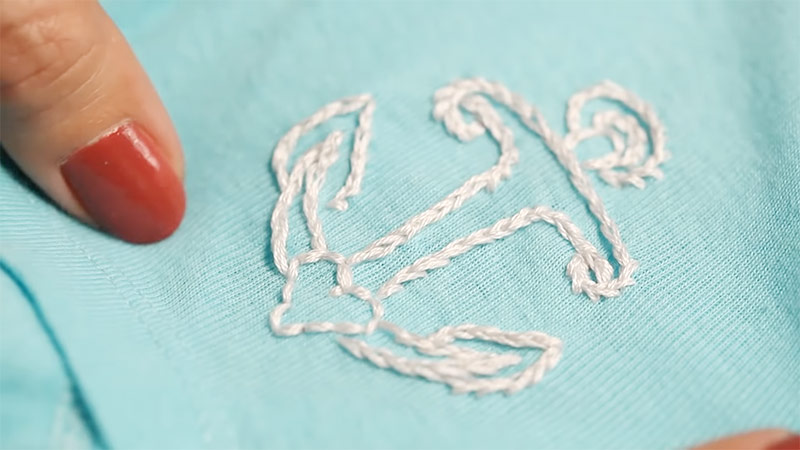Breaking in a new shirt is akin to acclimating to a new pair of shoes; it requires patience and an understanding of the fabric dynamics at play. For many enthusiasts of fashion, the comfort and fit of a freshly pressed shirt can often be an elusive goal. This article will explore various facets of the breaking-in process, including factors influencing this timeline, types of shirts, and techniques that can expedite or enhance this transition.
What is “Breaking In” a Shirt?
The term “breaking in” refers to the gradual process of softening and molding a new garment, allowing it to conform to the wearer’s body shapes and movements. Shirts, particularly those made from cotton or linen, often feel rigid when first purchased. The fibers need time to relax and adapt to the body’s contours, which can significantly enhance comfort.
Factors Influencing the Breaking-In Timeline
The duration it takes to break in a shirt can vary significantly based on several factors.
- Fabric Type: Different materials have unique characteristics that influence their break-in time. Cotton and linen are more prone to crinkling but also soften relatively quickly, while synthetic blends may require more wear to achieve a comfortable fit.
- Weave and Weight: The intricacy of the shirt’s weave and its overall weight also play pivotal roles. Heavier fabrics tend to take longer to conform, while lighter ones typically break in more rapidly.
- Fit and Cut: The style cut of the shirt—whether it’s slim fit, regular, or oversized—can affect how quickly it can adapt to your body. A fitted shirt may feel restrictive, necessitating a more extended wearing period compared to a looser fit.
- Washing and Care: How you treat your new shirt can have a profound impact on its break-in timeline. Initial washing can soften the fibers but can also alter the way the shirt sits on the body depending on washing methods.
General Timeline for Breaking In
As a general guideline, breaking in a shirt typically takes anywhere from one week to several months. Here’s a closer look at the process:
- 1 Week: In most cases, common cotton shirts with a relaxed fit can start to show signs of softness and comfort within the first week of regular wear. This could involve 3-4 thorough wash cycles to begin. After a few rounds of laundry and use, the fibers may loosen considerably.
- 1 Month: For heavier fabrics or those with more complex construction, such as denim or oxford cloth, a full month may be necessary for the shirt to develop a tailored fit. It holds the potential for increased comfort once adequately worn and washed.
- 3 to 6 Months: Premium or heavyweight fabrics, like those used in tailored dress shirts, may take 3 to 6 months to fully conform to your body. This longer phase is crucial for garments that undergo regular washes and wears, contributing to a well-loved feel over time.
Techniques to Expedite the Breaking-In Process
While patience is essential, there are various techniques you can employ to expedite this transition:
- Multiple Washes: Washing a shirt repeatedly can accelerate the softening process. Opt for a gentle cycle with mild detergent, as harsher chemicals can degrade fiber integrity and cause premature wear.
- Steam Treatment: Utilizing a steamer can relax the fibers in a garment. This method not only helps soften the fabric but can also remove creases that may occur as part of the initial wearing phase.
- Frequent Wear: Simply wearing the shirt as often as possible will hasten the adaptation. Consider wearing the shirt for short periods at first, gradually inspecting for comfort before layering it into your regular wardrobe.
- Movement and Activity: Engaging in various activities while wearing the shirt—such as light workouts or mundane chores—can significantly hasten the breaking-in process due to the increased flexing and stretching of the fabric.
Signs Your Shirt is Fully Broken In
A fully broken-in shirt boasts several telltale signs:
- Increased Softness: The fabric should feel noticeably softer, reducing any initial stiffness.
- Improved Fit: It will conform more closely to your body’s natural shape, allowing a greater range of movement without constriction.
- Lesser Wrinkles: As the fibers relax, you may observe a reduction in wrinkles and creases, making for an overall more polished appearance.
Conclusion
Understanding how long it takes to break in a new shirt is an essential aspect for anyone looking to invest in quality apparel. By recognizing the various factors that affect the timeline and employing deliberate techniques to accelerate the process, you can transform that new, stiff shirt into a beloved staple within your wardrobe in considerably less time. Ultimately, wearing a shirt that feels like it was custom-made for you is well worth the effort.

